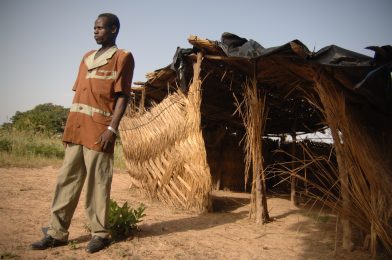This week’s headlines and spreading all over the web, “Corporate profits almost double the historical norm.” Check out this article by Jay Bookmen on it here.
When things are going well, and you are not pinching pennies, you are most prone to wasteful spending.
Be strategic and plan out your corporate communications. Do this using the pyramid above. Every corporation has main objectives for the year, and other things still need to be done but are always behind those key initiatives.
A Level
In your top category, put those things that are the most important. Now, this is where you will dedicate more time, space, and budget to communicating this than all the other items. For example, you would have this lead or be in every newsletter you send out. You will make videos here because you know you will use those over and over again. You commit to writing about this in different ways. It may even be a special place on your company’s main webpage.
B Level
These are items that, had it not been for those in A Level, would be. You commit to only communicating regularly on these topics, maybe once a month in the newsletter rather than the weekly newsletter. You will make fewer videos on this because they will not get used as often.
C Level
This level means that you are committed to the topic and may do a quarterly story or project to keep this in the company’s mind.
You still may do a few pieces that do not fit in A, B, or C, but those are more of a one-off and not committing the resources at a level to tax the budget. You may also have departments coming to you for help, but if they don’t fit into the plan, you may turn them away, explaining how they are not part of what the company has decided as a priority. Maybe they fund that themselves.
Possible Scenario
Your company is rolling out a new product. You decide to produce a video for the company’s internal people to get everyone on board. In addition, you choose to use this piece in the annual, quarterly, and department meetings. Due to the wide use of the project and its importance, you want to be sure it is a high-impact piece. In addition, the production quality is essential for large screens.
Contrast this to one of the many C Level projects that go up on your company website every week and come down after a week. Do you commit the same production level to something with a short life span?
Gold, Silver, or Bronze
Many companies like a certain quality of video when producing what amounts to a small Hollywood Film. The problem is they are making this quality all the time when the simple newscast quality we see each night on the six o’clock news would work as acceptable and perfect for communicating our message.
Consider in your communications about creating levels of product and when using them for your tiered communication strategy. For example, you may have a newscast, documentary, and Hollywood-produced videos all used in the A Level. However, you may only have documentary and newscast quality in the B Level. You may be okay with using a newscast quality or non at all for the C Level.
Being a good steward is putting the right resources to accomplish the goal. Don’t overdo it, even if it is A Level.
Just because you have the money, don’t always spend it all. Instead, pay what you need and no more.








